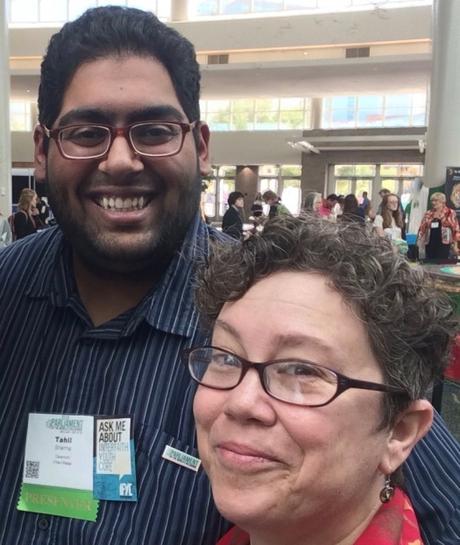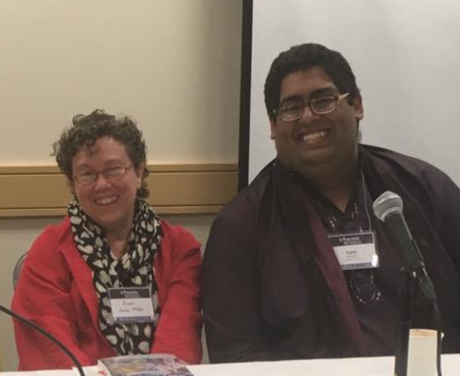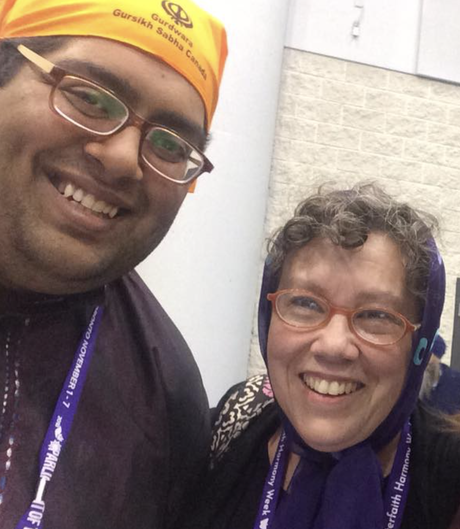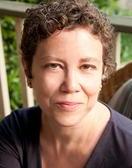
As an interfaith kid, and an interfaith activist, I was thrilled to see my friend and colleague Tahil Sharma take the stage to give a benediction at the end of night three of the Democratic National Convention (DNC). Tahil is a Hindu and Sikh "interfaith kid" who uses the handle @InterfaithMan. We have been working together on interfaith programming for many years. So in that moment when he appeared on stage, I felt included, represented, and yes, I felt hope.
Democratic presidential nominee Kamala Harris would not be the first person from a complex interfaith family in the White House. That would be President Barack Obama, who not only has both Christian and Muslim ancestry, but had formative experiences in Indonesia with a Muslim stepfather (not to mention having a Jewish half-brother and a Buddhist half-sister). But President Obama, in order to become our first Black president, in my estimation, had to repeatedly stress his Christianity and skirt deeper discussion of his formative experiences with Islam, in order to get elected back in 2008.
Today, interfaith families are becoming a more obvious demographic reality-one that cannot be ignored. At least one in five adults in the U.S. grew up in an interfaith family of some kind. And Vice President Harris, who was raised primarily by her Hindu mother, seems more comfortable claiming her Hindu and Christian formation. (Like President Obama, Vice President Harris clearly chose Christianity as her identity and affiliation). Of course, in the United States , it is probably easier to claim formative Hindu experiences, than to claim Muslim formative experiences.
Vice President Harris, as a Christian, with her Jewish husband Doug Emhoff, would break new ground as the first interfaith couple in the White House. And as someone from a Hindu/Christian interfaith family married to someone who is Jewish, they represent what I call an interfaith trifecta (which is increasingly common), moving us farther away from seeing religion as an either/or binary and towards an era of both/and.
I first wrote about Harris's interfaith family when she ran for President in 2020. It was my most-read post that year, with thousands of views. In the last few weeks, hundreds of people have read that 2020 post, and other writers have published similar stories, in the wake of Harris's rise to the nomination.

Watching last night's benediction, with a Black preacher sharing the stage with Tahil, I felt deeply moved by the representation of Harris's full interfaith family. Tahil was not afraid to claim both of his religions, and quoted from both Sikh and Hindu prayers. I am sure the national political press did not quite understand what was going on here. And they were probably further confused by Tahil's keffiyeh. Meanwhile, those of us who are interfaith kids, and thus motivated to be interfaith activists and social change agents, standing up for all who are marginalized, were cheering.
Tahil and I have done a lot of work together over the years as interfaith activists pushing for representation of interfaith families and people who are multiple religious practitioners. We've appeared together on panels, met up at conferences across the country, and have been working on a new project recently. You can read our conversation about being interfaith kids, and find out more about his journey, on my blog, here.
Last night, Tahil cited Sikhi wisdom that inspired him to state "we are responsible to achieve equity," and Hindu wisdom that inspired him to state "divisiveness is a choice." He concluded, "May justice and peace evolve from their status as empty words, to become calls for action against the status quo of oppression." These words speaks to me, as an interfaith family member inspired by my experience to be a social change agent. And to see Tahil being that change, on the big stage in Chicago, was everything.

Four years ago, at the end of my post on Harris's interfaith family, I wrote, "I look forward to more people with rich and complex heritage and multiple religious claims and practices rising to prominence, and speaking to the benefits, not just the challenges, of our experiences." Last night, I witnessed Tahil speaking in front of tens of thousands of people (with tens of millions watching online and on television). I witnessed what happens when a brave interfaith man draws on his interfaith roots to speak of oppression and justice and peace. This was the moment I had been waiting for-that moment I had written about, when people "with rich and complex heritage" would rise up and speak out. And if we can manage to elect President Harris, more of these moments are sure to follow.
Journalist Susan Katz Miller is an interfaith families speaker, consultant, coach, educator and activist. She's the author of Being Both: Embracing Two Religions in One Interfaith Family (2015), and The Interfaith Family Journal (2019).


